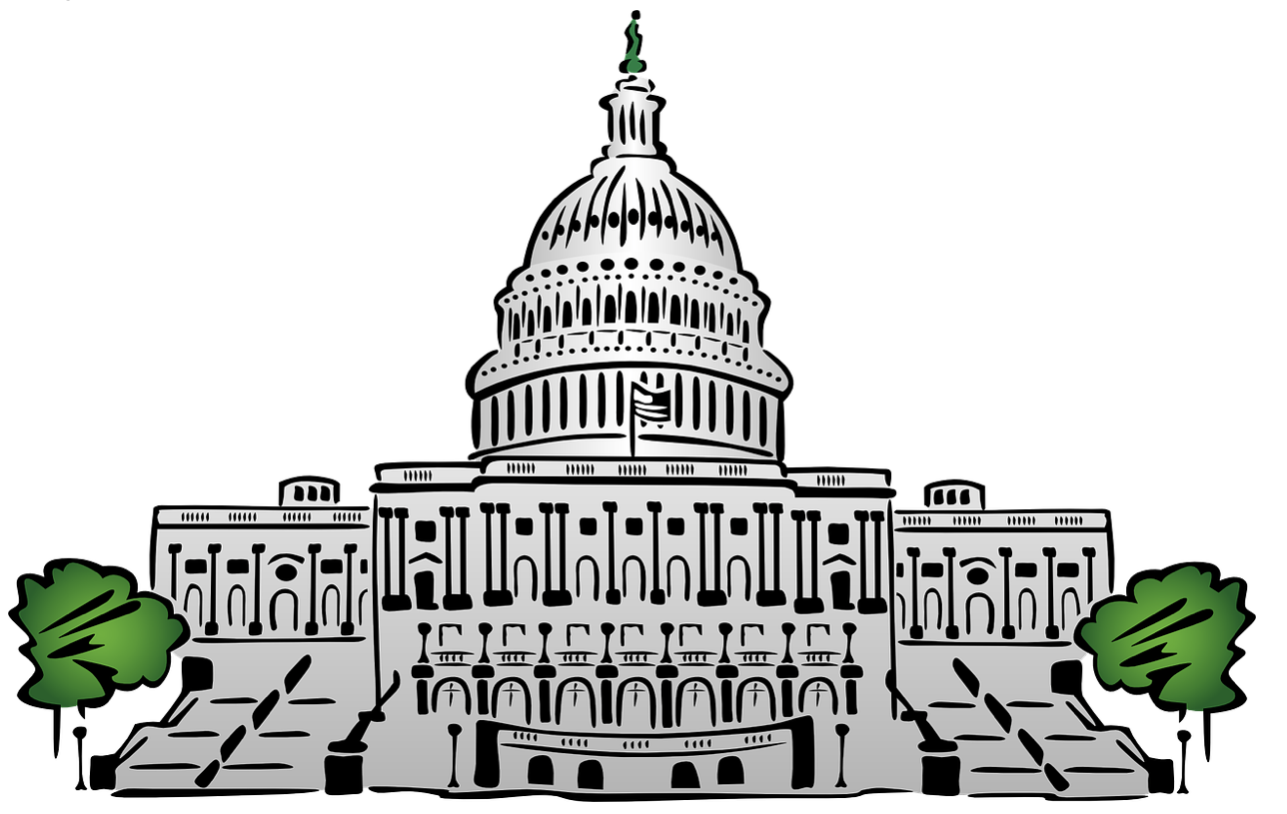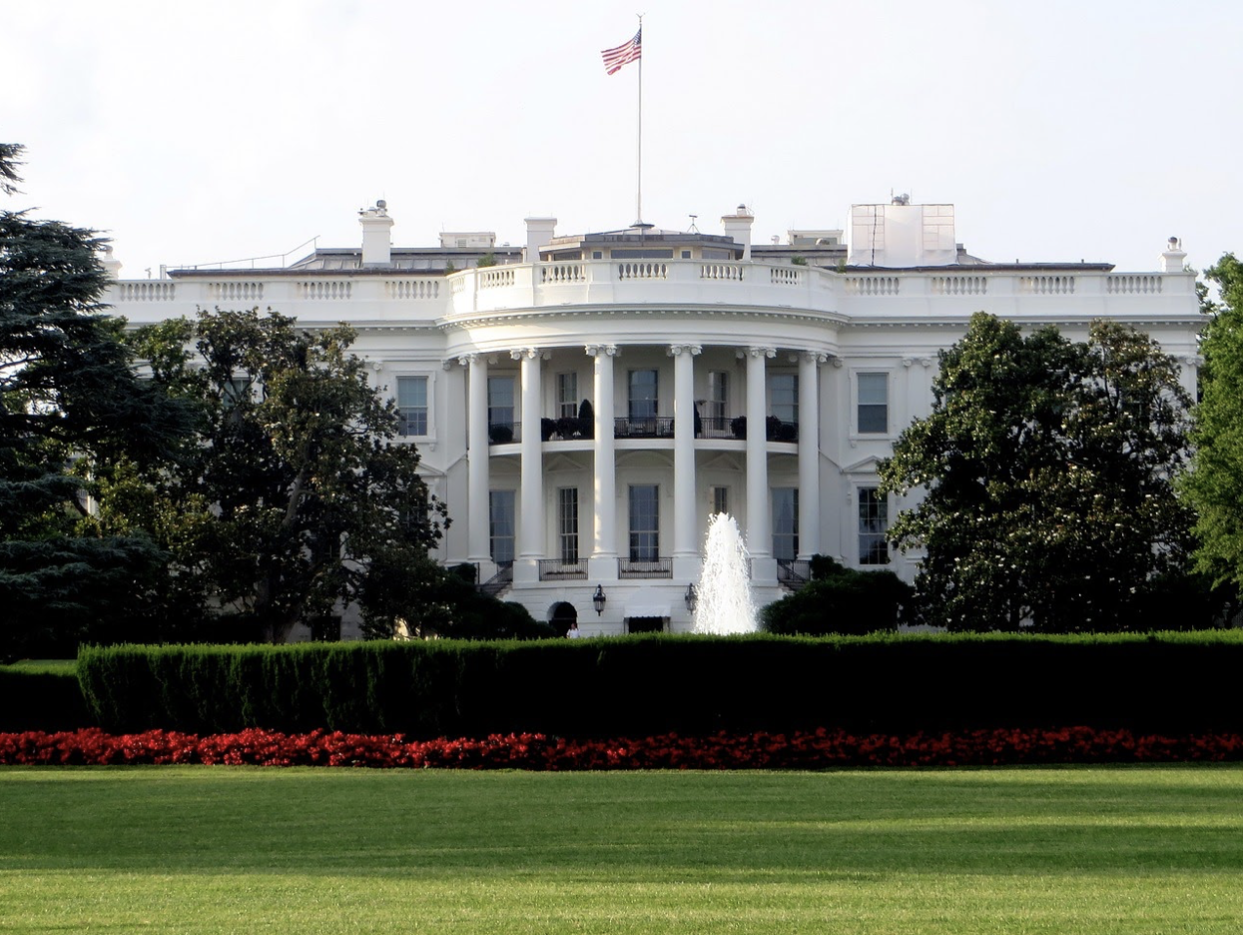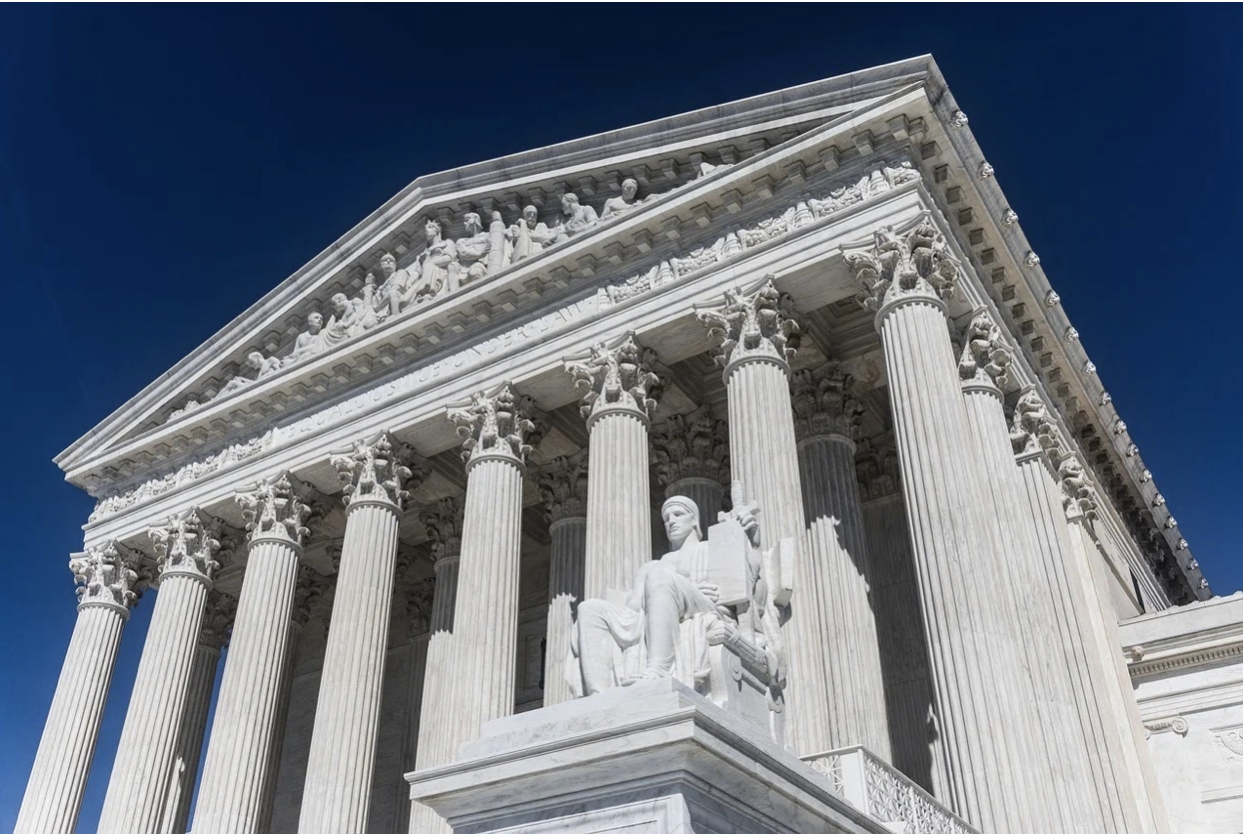Unit 2 Overview: Interactions Among Branches of Government
8 min read•june 18, 2024
S
Samantha Howey
Riya Patel
AP US Government 👩🏾⚖️
240 resourcesSee Units
Now that we have an understanding of the structure of the American government laid out by the Constitution, in this unit, we’ll be diving deeper into the three branches of government themselves. We’ll be exploring the major powers of the legislative, executive, and judicial branches, and paying particular attention to the ways that checks and balances exist to keep any one branch from becoming too powerful.
Unit 2 Logistics
Key Ideas
- The Constitution grants specific powers to Congress, the presidency, and the courts, each of which exercises informal powers.
- Because power is widely distributed, and checks prevent one branch from overreaching or usurping powers from the others, the branches of government are in a position where they must both compete and cooperate in order to govern.
- The bureaucracy is part of government, specifically the executive branch, that has powers not granted in the Constitution. The bureaucracy plays an important role in implementing policy.
Required Documents
- United States Constitution
- Federalist 51
- Federalist 70
- Federalist 78
Supreme Court Cases
- Shaw v. Reno (1993)
- Marbury v. Madison (1803)
- Baker v. Carr (1962)
Congress

Image Courtesy of Pixabay
Structure
The bicameral legislature is divided into two houses – the House of Representatives and the Senate.
The House of Representatives is composed of 435 representatives, with each state allocated a number of representatives proportionately based on its population—reapportioned every ten years as a result of the Census. The entire House of Representatives is elected every two years.
Each state legislature is given the power to redistrict every ten years and divide the state into legislative districts, which often results in gerrymandering, or redistricting that gives the majority political party an advantage in future elections. Baker v. Carr began the “one person, one vote” doctrine and ruled that courts could hear challenges to redistricting based on claims of equal protection violations, while Shaw v. Reno found that racial gerrymandering was unconstitutional.
The Senate is composed of 100 Senators, two from each state. Senators serve six-year terms and re-election is staggered, with 1/3 of the Senate up for re-election every two years. Senators represent their entire state, unlike members of the House who only represent their specific district.
Powers
Article I Section 8 of the Constitution lays out the powers of Congress, which include the power to tax, declare war, borrow money, regulate commerce, raise an army, establish post offices, and more. Congress also has the power of the purse, which provides it with control over funding and government spending. The House of Representatives is given the specific power of initiating tax and spending bills, while the Senate has the unique powers of confirming presidential appointments to judgeships, ambassadorships, and Cabinet positions, as well as the power to ratify treaties.
Lawmaking
The legislative process is slow and decentralized, by design, to allow for thoughtful lawmaking and compromises. A member of Congress introduces a bill, and after it is introduced, it is assigned to a committee where the bulk of work in the lawmaking process occurs. Most bills die in committee and never make it to floor debate, but if a bill passes out of committee, it is debated by the entire chamber of Congress and can then be brought to a vote.
Each chamber of Congress has different approaches to policymaking. In the House, the Speaker of the House presides over proceedings and has the power to control debate, assign rules to committees, and control the Rules Committee. Other leaders include Majority and Minority Leaders and Whips, but the Speaker’s control of the Rules Committee which governs which bills are calendered and whether amendments are allowed to bills through setting open/closed rules makes him/her the most important figure in the House.
In the Senate, the Vice President presides as President of the Senate and votes if there is a tie, but in actuality, the President Pro Tempore serves as President of the Senate in the VP’s absence. The Senate also has Majority and Minority Leaders and Whips, and the Majority Leader has much of the power over when bills are debated and how members are assigned to committees. In the Senate, debate is unlimited, which results in filibusters where Senators attempt to “talk a bill to death.” The only way to end a filibuster is through a cloture vote, which required 60 votes and can force the Senator to end the filibuster.
In both houses, pork barrel legislation takes place—referring to the insertion of funding for local projects into bills. These earmarks give Congresspeople accomplishments to point to when they run for re-election. They get to tell their constituents that they brought home the bacon!
If a bill passes both the House and the Senate, a Conference Committee will negotiate a compromise bill that takes into account amendments made in both houses, and if both houses pass that compromise bill, it goes to the President’s desk for a signature where it can be signed or vetoed; the president can also take no action, and in that case, the bill becomes law after ten days unless Congress has adjourned during that ten-day period which would cause the bill to be pocket-vetoed.
Congressional Behavior
There are three models of Congressional representation: delegate, trustee, and politico. In the delegate model, a Congressperson listens to the wishes of their constituents and uses those to make voting decisions (in order words, “they delegated me to be their representative so I’ll do as they wish”) In the trustee model, a Congressperson uses their own judgment to make voting decisions (in other words, “they voted for me because they trust me so I’ll make my own decision”). In the politico model, representatives practice both the delegate and trustee models at different times.
When different parties control the executive and legislative branches, or each house of Congress is controlled by a different party, divided government exists. This often leads to gridlock, where government comes to a standstill and policymaking grinds to a halt.
The Presidency

Image Courtesy of Pixabay
In Federalist No. 70 (🚨FOUNDATIONAL DOCUMENT🚨), Hamilton lays out the argument for a strong and single executive, full of what he calls “executive energy.” According to the document, a unitary president is best able to respond quickly in times of crises and can make decisive decisions when needed. In times of crisis, like our current post-9/11 world, Presidents have sought to expand power further and further with this reasoning, while Congress has pushed back to prevent this expansion.
The President has a number of powers according to Article II of the Constitution. Presidents serve as commander-in-chief of the military, though Congress has the power to declare war. After the Vietnam War, Congress passed the War Powers Act, which placed limits on Presidential power and requires that Congress be notified within 48 hours of troop deployment and that troops be brought home after 60 days without formal Congressional approval.
Presidents also have the power to sign treaties with other countries, which need to be confirmed by the Senate. To get around this, Presidents often sign executive agreements with leaders of other countries, as these do not require Senate approval.
Presidents use executive orders to manage the federal government without requiring Congressional approval. The President has the power to appoint Cabinet members, judges, and ambassadors – all of which are subject to Senate approval.
The bully pulpit, or the President’s ability to easily receive media coverage and share his/her ideas with the American people, is a distinct policymaking advantage over Congress. Modern technology, like social media, has provided presidents with an even more direct outlet to the American people, which he/she can use to push for certain policy goals.
The Courts

Image Courtesy of Pixabay
The judicial branch is composed of a three-level federal court system, with 94 district courts, 13 circuit courts of appeals, and one Supreme Court. According to Federalist No. 78, the courts are best able to maintain their independence when judges serve life terms pending good behavior.
After Marbury v. Madison, these courts took on the role of judicial review – determining the constitutionality of actions taken by the other branches of government.
Judges are guided by a number of key judicial principles, one of which is stare decisis, or precedent. Most often, courts rely on previous court decisions to make new decisions, though they can overturn precedent when they wish to do so.
Judges also typically fall into one of two judicial philosophies: those who exercise judicial restraint view their role as strict interpreter of the Constitution, while those who exercise judicial activism believe the courts must play a role in protecting the rights of people even if they are not specifically mentioned in the Constitution.
Presidents and Congress attempt to guide the work of the Court through the use of strategic appointments to vacancies on the court, legislation changing the Court’s jurisdiction, modifying a law that the Court had struck down, amending the Constitution in relation to the Court, and refusing to implement decisions.
The Bureaucracy
The bureaucracy, falling under the executive branch, is a system of administration that implements laws passed by Congress. The vast majority of bureaucrats serve in the civil service, having been hired based on the merit system as a result of the Pendleton Act. These individuals cannot be terminated without cause and prevent the president from engaging in the spoils system.
Major bureaucratic agencies include the Cabinet, which includes fifteen department heads who oversee policymaking in their department’s purview, independent regulatory agencies, which are independent commissions that regulate an area of the economy, and government corporations that provide a service like the USPS and Amtrak.
Discretionary Authority refers to the power of the bureaucracy to make decisions on how to implement broadly-worded laws passed by Congress. The bureaucracy can create rules and regulations that take these laws and turn them into actual policy. For example, while Congress may pass a law concerning immigration policy, it is up to the bureaucratic agencies that address immigration to make the law a reality, creating step-by-step protocols for implementing the law.
An iron triangle describes the relationship between Congressional committees, bureaucratic agencies, and interest groups that results in policymaking. Each of these three groups benefit by working together to achieve policy outcomes. Issue networks are broader networks with multiple interest groups, committees, and agencies, and can also include media, researchers, and other interested parties.
All three branches can check the power of the bureaucracy. Congress has the power to control the budget of the agency and confirm those appointed as agency directors. Congress can also hold oversight hearings and force bureaucrats to testify before Congress. The President can appoint directors, issue executive orders to direct an agency to undertake a specific action. The courts can declare rule-making decisions unconstitutional.
Browse Study Guides By Unit
🏛Unit 1 – Foundations of American Democracy
⚖️Unit 2 – Branches of Government
✊🏽Unit 3 – Civil Liberties & Civil Rights
🐘Unit 4 – American Political Ideologies & Beliefs
🗳Unit 5 – Political Participation
🤔Exam Skills

Fiveable
Resources
© 2025 Fiveable Inc. All rights reserved.